Ecommerce SEO is all-encompassing and it covers every aspect of your store including blog articles, landing pages, and most importantly, product pages.
Product page SEO should be a top priority for any online store owner as these pages are where you make sales. The theory is simple – you create a watertight SEO strategy for your product pages, their rankings get boosted on Google, more people click on them, and this hopefully gets you more sales – perfect!
But how do you achieve this? What is the key to success? Using my experience, I delve into the ecommerce category page best practices below so you can take the first step to optimized content.
Boost Your SEO for Product Pages With These Simple Tips
Although product page SEO varies from business to business, I have listed a simple process including seven things that any ecommerce store owner can do to improve their SEO for ecommerce product pages.
Start by having sound product page keyword research
Any SEO strategy must be based on sound keyword research. Without the right keywords for your products, even if your pages are optimized perfectly you won’t get the results you want.
Use free tools at your disposal such as Google Keyword Planner, together with sales and marketing research to find the best keywords for each product. You have to try and get in the mindset of the customer and think how they would search for your products and the words they are likely to use.
Follow this by creating unique meta tags and headings for each product page
Something I’ve seen surprisingly often is companies simply copying and pasting one product’s meta title tag and description for all of their products! It’s insane! Don’t do it! Even if you have 100 product pages, each one should have a unique meta-description and meta-title tag.
This is SEO basics and it’s one of the main ways you insert keywords into your content. It may take time initially for larger product catalogs, but the effort is worth it.
Make sure product images are optimized
Possibly the biggest SEO issue that most ecommerce stores have is unoptimized product images. Yes, I completely understand that you need high-quality images to showcase your products in the best light. However, if they take 10 minutes to load, customers will simply switch off from your site!
Google also hates this so it’s pretty high up on the priority list for product page SEO. This also applies when you optimize category pages as they usually include multiple images and thumbnails. You can find tools online for image optimization but you essentially want to get them as small as possible without sacrificing too much quality.
Then check for any technical SEO issues
You should regularly perform a technical SEO audit of your ecommerce store including your product pages. This helps show any potential errors that could be dragging your rankings down such as slow loading speeds, 404 errors, broken links, and duplicate content.
There is a range of tools available specifically for technical SEO audits, but it’s something usually provided in ecommerce SEO management services from an SEO company too if you don’t have the time to do it yourself. Either way, find any errors, fix them ASAP, and run the check again to make sure they aren’t still appearing.
Add structured data to your product listings
All modern SEO strategies include structured data and this is a must-have feature for product pages too. Structured data makes your products stand out to customers, but it also helps with search engine crawling.
The best example is product scheme markup which helps generate rich snippets on search engine results for your product pages. For example, a search result might show the product’s star rating, stock availability, a small thumbnail image, and discounted price. Rich snippets like this have a better CTR and stand out compared to generic text and link listings.
Include customer reviews and ratings
In today’s world, consumers are smarter and make more informed decisions due to the sheer volume of choices. I do this all the time – if I’m shopping on Amazon I will always check the star rating and look at customer reviews.
Therefore, adding customer reviews and ratings to your product pages will help their shopping experience. They are also excellent for product page SEO though as Google loves them as it shows real customer engagement with your brand. Also, take the time to reply to reviews to show your gratitude and address any negative comments.
Finish by adding a helpful FAQ section
FAQs are another dual-purpose feature for product pages and they are primarily helpful to customers who may have questions before making a purchase.
FAQs also contribute to your SEO and a simple way to optimize your pages further is to type on Google the product name or keyword you are using and see what common questions are asked. Google usually has a specific section of FAQs and you should aim to replicate these questions on your product pages providing they have relevance and are useful.
Improve Your Product Page Search Engine Visibility Today
The above strategies can be implemented relatively easily and if you incorporate them into your SEO plan you should see a boost in the rankings and visibility of your product pages. Ultimately, that’s what you want right? Your products are what bring in the revenue for your business and what keeps the lights on so it makes sense to make product page SEO a priority.










